With Thanksgiving ahead and the loss of genre-film titan Roger Corman not far behind us, Daily Grindhouse got together to remember Roger Corman and to give our thanks for just some of his accomplishments, which were all wonderful gifts to anyone who loves the medium of film.
Brett Gallman
Roger Corman’s reputation as an exploitation huckster belies the fact that he was arguably the most significant filmmaker of the past 70 years in American cinema. While exploitation filmmaking often feels reactionary, Corman was consistently forward-thinking throughout his career. He was among the first to seize upon the appeal of B-movies, legitimizing them as something more than just filler programming. As America’s first wave of post-war teenagers came of age, he took notice of shifting audience demographics, putting him at the forefront of
catering to an unprecedented youth movement. Likewise, when the first generation of film brats — young, scrappy filmmakers who grew up obsessed with movies — emerged, Corman was there to provide opportunities that major studios would never dare to offer. You don’t amass hundreds of credits to your name — and never lose a dime — without growing and changing with the times, and that might ultimately be Roger Corman’s legacy: a filmmaker who never went out of style because he refused to stand pat.
As such, his filmography doubles as a quintessential exploitation syllabus, full of exemplary titles that capture the mood and moment of any particular period: ’50s sci-fi, ’60s beach movies, revolutionary counterculture dispatches, the glorious, golden age of VHS-era schlock — you name it, and Roger Corman likely produced or directed a vital entry or two. Obviously, we tend to lionize the usual suspects here: his Edgar Allan Poe cycle of movies at AIP, LITTLE SHOP OF HORRORS, THE WILD ANGELS, TARGETS, ROCK ‘N’ ROLL HIGH SCHOOL, PIRANHA, etc. However, one of Corman’s finest moments feels far removed from this particular milieu and offers proof that he was much more than a one-trick pony: 1962’s THE INTRUDER (aka I HATE YOUR GUTS). Like so many of Corman’s films, it capitalized on headlines (in this case, the long, difficult struggle to integrate southern schools following Brown vs. Board of Education), providing a vital cultural snapshot that feels just as potent today as it did 60 years ago. Produced in the thick of the Civil Rights movement, THE INTRUDER reveals the story of Adam Cramer, an enigmatic, charismatic stranger (William Shatner) who arrives in a small Southern town that’s set to integrate their school system. An abhorrent racist, Cramer resists desegregation and incites the town to violently resist, touching off a conflict that no doubt felt all too real to contemporary audiences haunted by stories of church bombings and lynchings. Corman treats this material with a sensitivity you might not expect from a filmmaker who often relied on sensationalism to peddle his exploitation wares. THE INTRUDER is a legitimately compelling drama, a timeless tale of a cult of personality and mob mentality run amuck as Corman explores the sickening, racist underbelly of 1960s America in stark, honest fashion. But he also refuses to sand the edges: this is an ugly picture that depicts this moment as unflatteringly as it deserves to be. It’s a tough watch now, and I can only imagine how incendiary it must have felt in the specter of Emmett Till, Fred Shuttlesworth, and the Little Rock Nine. Suffice it to say, releasing a film confronting America’s original sin in this manner was a bold choice, as the Civil Rights movement was still largely unpopular in many parts of the country, making THE INTRUDER a noticeable outlier in the Corman oeuvre: far from pandering
to an audience, it challenged viewers with the least idyllic depiction of America imaginable. Echoing Robert Mitchum in THE NIGHT OF THE HUNTER and Andy Griffith’s turn in A FACE IN THE CROWD, Shatner’s staggering, full-bodied performance embodies humanity’s worst impulses, chillingly capturing the villain of this era and beyond: in his nakedly cynical, self- serving rabble rousing, Adam Cramer epitomizes the unfortunately timeless American values of race-baiting scapegoating that so many politicians — including one recently-convicted
felon — have pinned their political aspirations to. Roger Corman brought many monsters to the big screen during his long career, but none were as genuinely unsettling as this portrait of a man who thrives on exploiting others for personal gain. In the end, it always comes back to exploitation, and it’s no wonder that Roger Corman produced a definitive exploration of this particularly sickening strain.
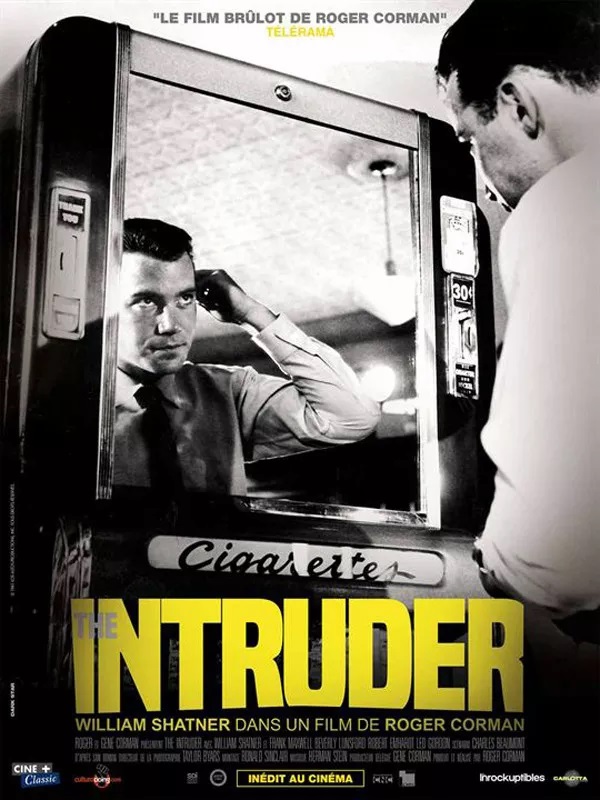

Samantha Schorsch
Edgar Allan Poe is the gateway drug to all things spooky for a lot of young horror hounds and baby bats, and this one was no exception.
Before I could properly read his works though, they were already drawing me in through Roger Corman’s fantastic film adaptations. From THE RAVEN, which included the powerhouse cast of Vincent Price, Peter Lorre, and Boris Karloff to the adaptation of THE PIT AND THE PENDULUM (again starring Price) that gave me nightmares for weeks, Corman’s Poe films gave me so many memories of being terrified with my grandma in my Barbie nightgown, eyes glued to public access TV way past my bedtime.
I lovingly recommend them all, especially for people wanting to get into classic horror cinema. You’ll get at least two heavy hitters per adaptation, and they’re so kitchy without losing the genuine creep factor, even now.
Thanks for the memories with my grandma, Roger. Rest well.

Brian Cartwright
Lots of folks are going to champion Roger Corman as a director, and I understand the inclination. Auteur theory makes it easy to believe that films happen as a result of one person ruling a film with efficiency from casting to editing. If anything, Corman’s approach to producing tells us that he wasn’t that kind of director. So it’s his work as a producer where I marvel. He had this ability to understand the wandering imagination of film-goers and then marshaling the right combination of talent to bring something together that would make theaters come alive. He was more Robert Evans than Francis Ford Coppola, and I think I might find that more impressive.
In 1977, STAR WARS reinvigorated science-fiction at the box office. 1970s American science-fiction had been overtly political and full of think pieces. STAR WARS was no less political, but it foregrounded a swashbuckling sense of adventure reminiscent of books like Treasure Island or Peter Pan. Striking that balance was what made STAR WARS so successful. A flurry of rip-offs ensued, but STAR CRASH, GALAXINA, and STAR ODYSSEY lacked that anchor to reality that had made STAR WARS work.
When Roger Corman looked to cash-in on STAR WARS mania, it was with an astute understanding of the
ingredients that made the film work. Corman tapped John Sayles to write the script for BATTLE BEYOND
THE STARS with instruction that the film should fold in the essential formula of one of Akira Kurosawa’s films. John Sayles is absolutely a name that should be familiar. Sayles would go onto write and direct MATEWAN, EIGHT MEN OUT, and probably the best film about the heavy burden of American colonialism on its southern border, LONE STAR. In 1980, penning a cash-in sci-fi movie for Roger Corman, he was no less a great writer. Sayles’ script keeps two main themes in its cross hairs. America’s post-war guilt and anxiety regarding Vietnam is definitely represented in Sador’s (John Saxon) genocidal and imperial activity. For worse, America’s nation building is reflected even more clearly than in STAR WARS.
In STAR WARS, there was a measure of distance between the viewer and the wholesale destruction by the Empire. When a planet is blown up, we don’t see the faces. In BATTLE BEYOND THE STARS, Sador underlines his threat of conquest and genocide with use of snipers and we are made to watch. Sayles’s script gets us that much closer to the metaphor. The second major theme of the film is a caution to the viewer against dogma standing in the way of truth. The main character, Shad (Richard Thomas) is constantly referring to his planet’s primary religious text, The Varda. So often he needs to be scolded or corrected in his interpretation of The Varda by his autonomous spacecraft Nell (voiced by Lynn Carlin). Shad’s overly dogmatic and unexamined approach to his faith nearly costs him his life on more than one occasion. This functioned as a criticism of America’s rising evangelical movement which was finding a foothold in an America creeping to the right in 1980.
It’s not just the writing that makes BATTLE BEYOND THE STARS pop. Adjusted for inflation, the budget of the original STAR WARS was $57 million. The budget for BATTLE BEYOND THE STARS, adjusted for inflation, was $8 million. Director Jimmy T. Murakami came from a background in action. Newly-minted visual effects supervisor James Cameron got onto the project because Gale Anne Hurd vouched for him. Cameron was able to stretch his meager effects budget and create ships every bit as “real” seeming as those in STAR WARS. There was a sense of them being tactile, real objects. This came as a reflection of the microphotography Murakami used to shoot the ships and the scale of detail on Cameron’s work. With so many contemporary sci-fi films close-ups would expose lack of detail and take the viewer out of what they were seeing. But the combination of practiced animator’s eye and enthusiastic developer of visual effects advancement created a world that seemed real and lived in on less than 20% of STAR WARS‘ budget.
The film represented an early score from composer James Horner, and it was here that Horner established many of the leitmotifs found throughout his work. You can hear notes of STAR TREK II: THE WRATH OF KHAN, KRULL, and TITANIC. BATTLE BEYOND THE STARS was the testing ground for one of Hollywood’s most prolific and trusted composers.
Boisterous, contemplative, exciting BATTLE BEYOND THE STARS is the perfect reminder for me that as talented as Roger Corman may have been as a director, and he was quite talented, his true talent was understanding what movie-going audiences wanted and the right, fresh talent who could make whatever it on time and under budget. The most important job the person behind the curtain can have is to make sure it’s worth it to raise the curtain, which Corman excelled at marvelously.
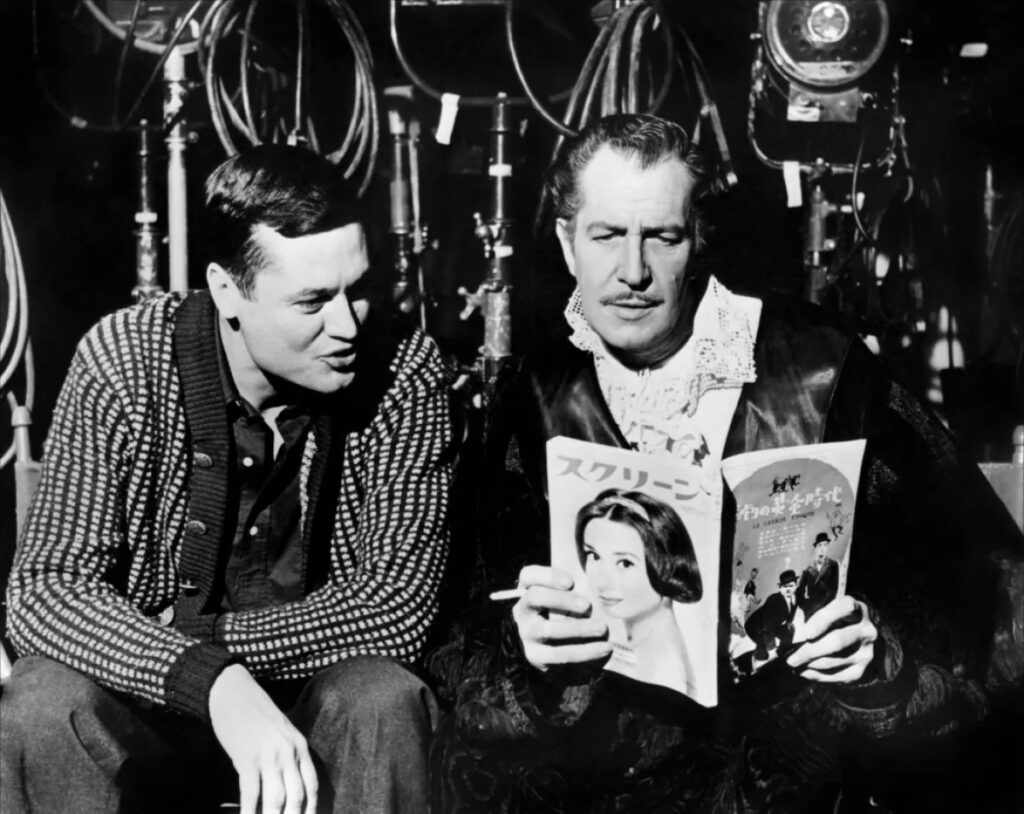
Bee Dolores
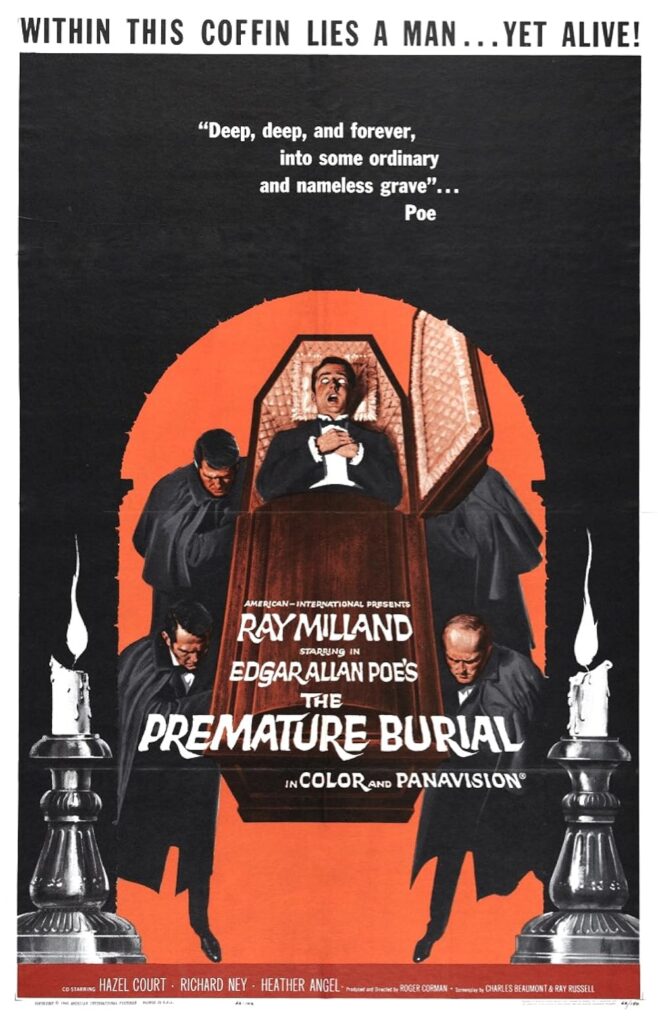
The Premature Burial:
I have a fear of being buried alive. I know I’m not alone in this. The ghastly terror of hearing shovels full of dirt landing on a pine box; the darkness that swallows you whole; and the limited air supply have given me many nightmares over the years. That’s perhaps why I connect so much with Roger Corman’s The Premature Burial, based on a short story by Edgar Allan Poe. This same irrational fear consumes British aristocrat Guy Carrell (Ray Milland), whose mental state deteriorates as the film progresses. He can’t seem to think about anything else, and it eventually impacts his relationship with his soon-to-be wife Emily (Hazel Court).
Where Poe lays the groundwork for a frightful story about one man’s greatest fear, Corman brings it to pulsating vitality with equally horrifying imagery and unmistakable dread. Along with cinematographer Floyd Crosby, Corman crafts his work with the sort of horror storytelling that worms under the fingernails and forces you to confront your own mortality. That’s what the genre should do: make you think differently about your life. In the best way possible, The Premature Burial turns my blood cold but also offers up a poignant reminder of the ephemeral nature of existence, and how we so often take it for granted. For that, I’m forever grateful to Roger Corman and Edgar Allan Poe.
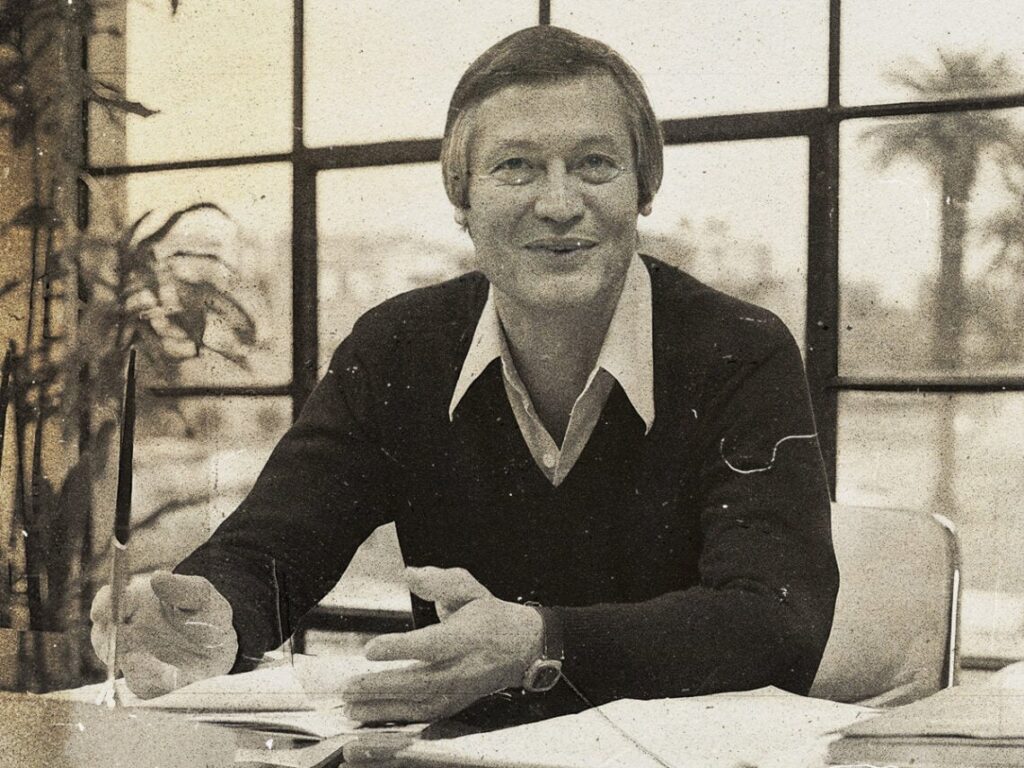
Matt Konopka
If you were to carve out a Mount Rushmore of filmmaking legends, you’d be hard-pressed to not include Roger Corman. The King of the B’s, as he was affectionately known, one thing that always resonated with me about Corman was his passion for and ability to deliver cheap but entertaining horror and sci-fi films. The task of selecting just one to reminisce on out of the hundreds he was involved in seemed dubious at first, but eventually, I settled on FORBIDDEN WORLD.
One of many ALIEN rips that Corman produced, FORBIDDEN WORLD embodies so much of Roger’s philosophy when it came to filmmaking. Aside from his genius in producing yet another inexpensive sci-fi horror flick to capitalize on ALIEN’s success, the film demonstrates various tactics the iconic producer used to get these things done cheaply. What was originally envisioned as LAWRENCE OF ARABIA in space, the Allan Holzman-directed film eventually evolved into a story about a federal marshal who arrives at a research facility where a deadly experiment gets loose and begins killing the crew, because while the former would cost too much, Corman
knew he could make money with the latter. To save cash wherever possible, they recycled footage of Corman’s BATTLE BEYOND THE STARS for the opening space battle; Reused some of the same sets as GALAXY OF TERROR; And in a rush to build a set cheaply, used fast-food Styrofoam takeout boxes to decorate the halls of the ship. And you know what? It looks great for a budget just under one million! Not to mention, it’s a bloody blast that earned its status today as a cult classic.
Corman was a trailblazer, an innovator, an artistic genius, and an all-around good person by all accounts. This industry lost a titan. So, with love and admiration, thank you to Roger Corman for inspiring legions of filmmakers and showing us how it’s done with films like FORBIDDEN WORLD. You will forever be missed.
Mac Bell
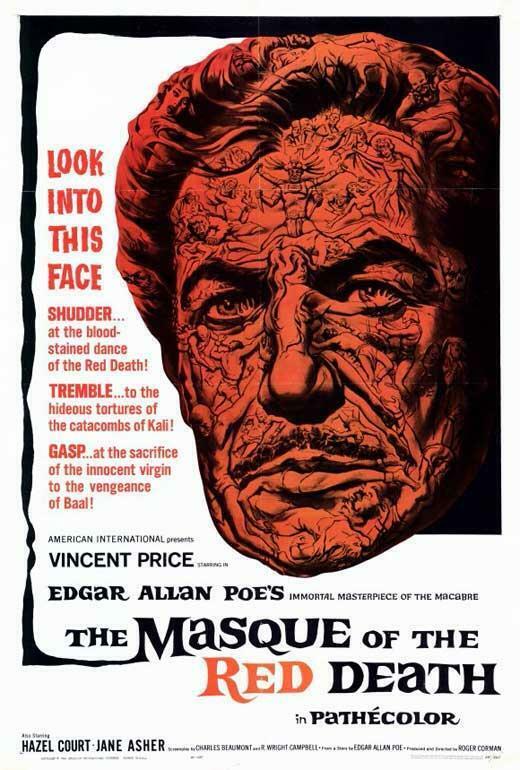
Matt Wedge
Given my love of the more disreputable films found at the exploitation margins, it would make sense for me to highlight one of Roger Corman’s ‘70s or ‘80s down-and-dirty productions for this tribute. Instead, when I looked in my heart, I had to admit that my favorite Corman production is the downright classy THE MASQUE OF THE RED DEATH.
Like Corman’s other Poe-inspired films, Vincent Price is front-and-center, dripping with malevolence. But here, Price’s evil is not hammy or delivered with a sense of playfulness. Instead, Price’s performance is of a piece with the film — a grim and grotesque look at the entitled excess of the rich as they sacrifice and use the poor during a devastating plague. Upon rewatching the film during the Covid lockdown, I couldn’t help but note how prophetic Corman’s vision of cruelty was.
The film operates as a high-water mark for the intersection of Corman the artist and Corman the businessman. Bringing on the talented Nicolas Roeg (who only had a few credits under his belt at the time) to shoot the film turned out to be a masterstroke. Roeg’s visual style accentuates the madness of the world presented. He’s also more skillful than several of Corman’s collaborators at hiding the seams in the low-budget production, marking one of the moments in Corman’s long career where the artistry of the finished film was just as impressive as the low-budget ingenuity of its production.
The tales of Corman the savvy producer will always be funny and inspiring, but it’s easy to forget he was a talented and adventurous artist at heart. THE MASQUE OF THE RED DEATH is a great film on its own merits, but it stands as a tribute to Corman the gifted filmmaker. It’s the film in his extensive career that I return to the most and the one for which I choose to remember him.
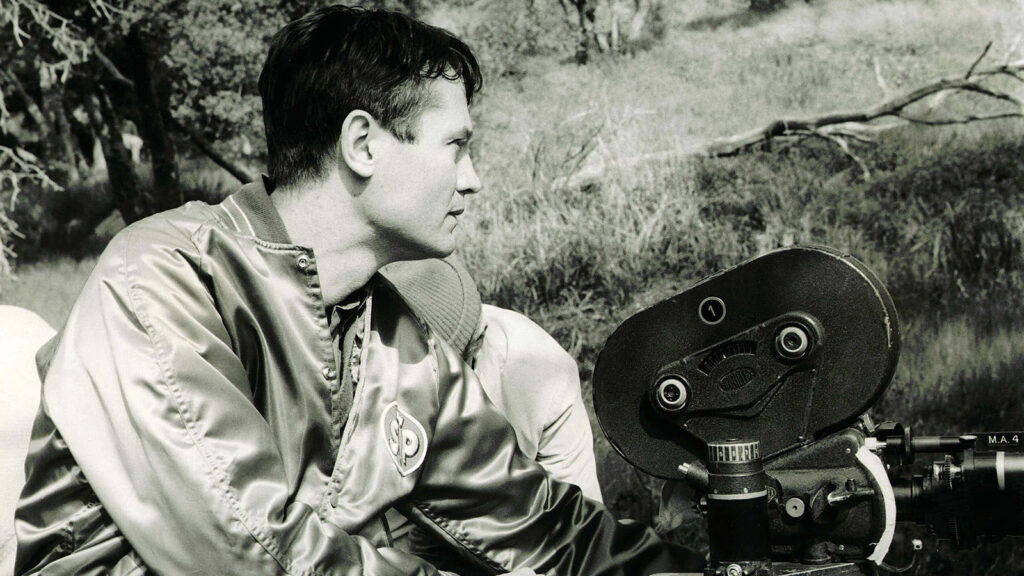
Jon Abrams
As a director and even more so as a producer, Roger Corman kickstarted and rocket-boosted so many of the great American film careers that it’s difficult to know where to start.
Martin Scorsese. Jack Nicholson. Robert De Niro. Jack Hill. Jonathan Demme. Joe Dante. Sylvester Stallone. Dennis Hopper. Carl Franklin. Monte Hellman. John Sayles. James Cameron. Tommy Lee Jones. Bruce Dern. William Shatner. Francis Ford Coppola. Ellen Burstyn. Gale Ann Hurd. David Carradine. Katt Shea. Talia Shire. Curtis Hanson. Jonathan Kaplan. Diane Ladd. George Armitage. Janusz Kaminski. Sandra Bullock. Robert Towne. James Horner. Amy Holden Jones. Sid Haig. Mary Woronov. Allan Arkush. Penelope Spheeris. Jim Wynorski. Stephanie Rothman. Polly Platt. Peter Bogdanovich. Nicolas Roeg. Paul Bartel. Mark Goldblatt. Fred Olen Ray. Where do you start with a list of collaborators, mentees, and beneficiaries like that?
Well, I know where to start:
In some ways, that list above could have stopped at one or two. If only for helping to bring Scorsese or Nicholson to the attention of the world, Corman’s place in the pantheon of great producers would be assured. But it’s arguable that guys like that would have been noticed by Hollwood anyway, sooner or later. It’s not so certain that without independently-minded filmmakers like Corman, the world ever could have seen anyone like Pam Grier on film, or that she ever could have become an above-the-title star.
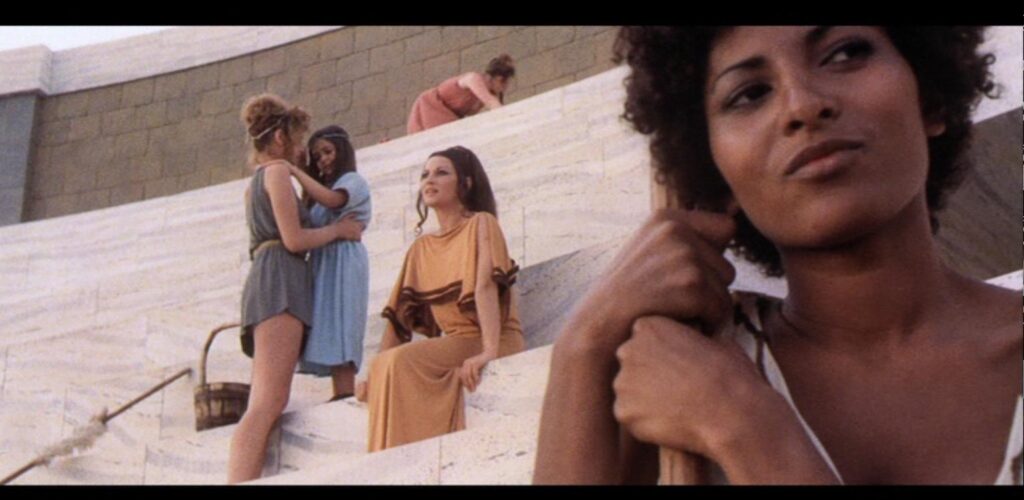
Pam Grier was an aspiring film student and a backup singer for Bobby Womack, working a receptionist job when Roger Corman and one of his directors, Jack Hill, hired her for THE BIG DOLL HOUSE in 1971. The rest is history: She leapt off the screen, and appeared in increasingly more prominent roles in Corman productions before Jack Hill, who continued mentoring Pam in film history, directed her as the lead in COFFY. Pam’s time as a star was unjustly brief. It happened only under Corman’s New World Pictures and Corman-adjacent American International Pictures. We can measure the benefit provided by a producer like Corman specifically by observing what happened next: Pam Grier never stopped being unique, charismatic, fierce, incredible, a star, but outside of the independent system that Corman cultivated, the opportunities were lesser, until, again too briefly, 24 years after COFFY, when Quentin Tarantino wielded his influence to cast Pam in the lead role in JACKIE BROWN.
That we ever had Pam Grier as a lead in action films is directly attributable to Jack Hill, and to Roger Corman. And without Pam Grier, we’d never have had ALIENS, CHINA O’BRIEN, FURY ROAD, KILL BILL, LA FEMME NIKITA, THE MATRIX, TERMINATOR 2, TOMB RAIDER, WONDER WOMAN, all these just off the top of my head, basically any movie where women get to rip shit up on screen. Roger Corman empowered such revolutions because his heart was in the right place, but also because he knew it was good business. You don’t even have to have followed Corman that closely to know that he always emphasized the business side of movies, but also I strongly suspect that the affection he engendered from so many of his talented colleagues, many listed above, is fair indication that he was also one of the good guys. Onward to Movie Valhalla with you, Roger Corman. You will always and forever be remembered.
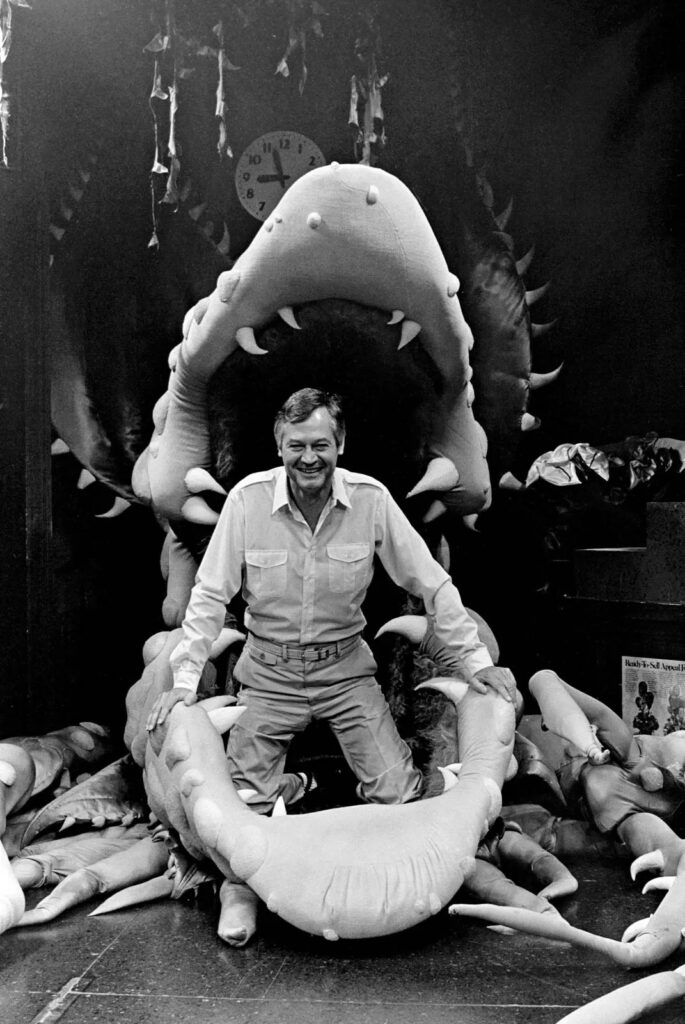
- [THE BIG QUESTION] WHAT’S YOUR FAVORITE FEMALE ENSEMBLE IN MOVIES? - July 22, 2016
- [IN THEATERS NOW] THE BOY (2016) - January 24, 2016
- Cult Movie Mania Releases Lucio Fulci Limited Edition VHS Sets - January 5, 2016
Tags: Columns, Features, roger corman, The Big Question

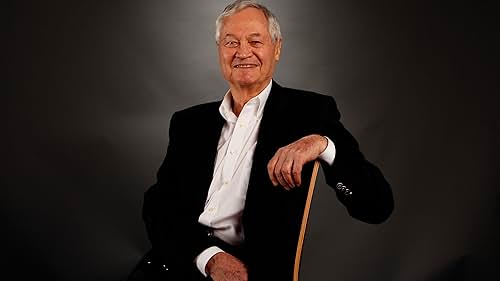
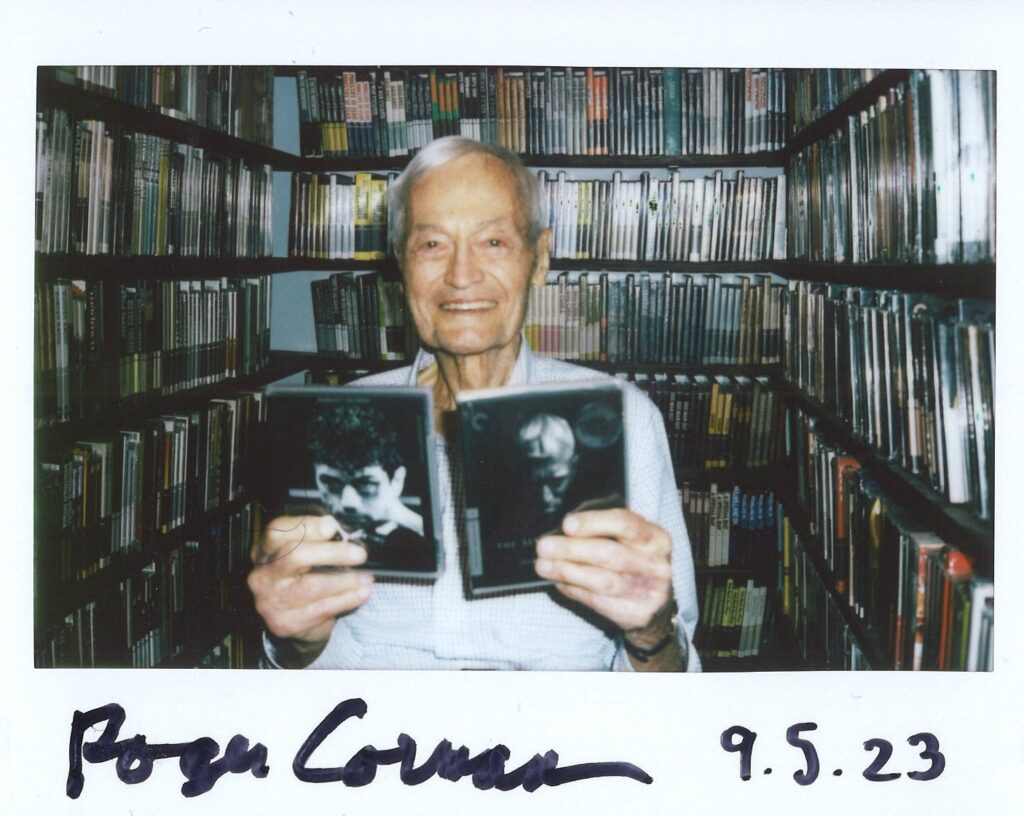
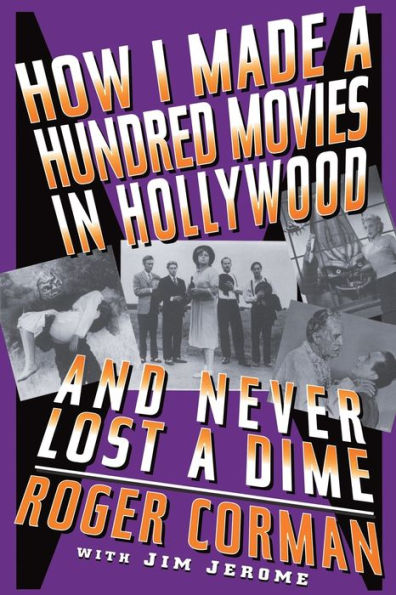
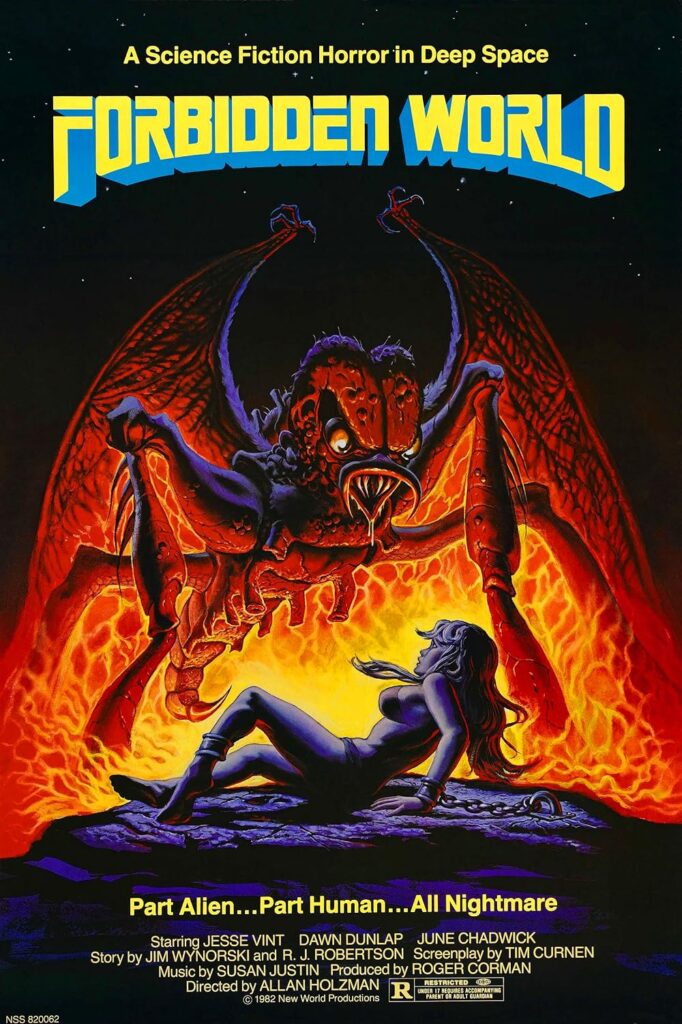





No Comments